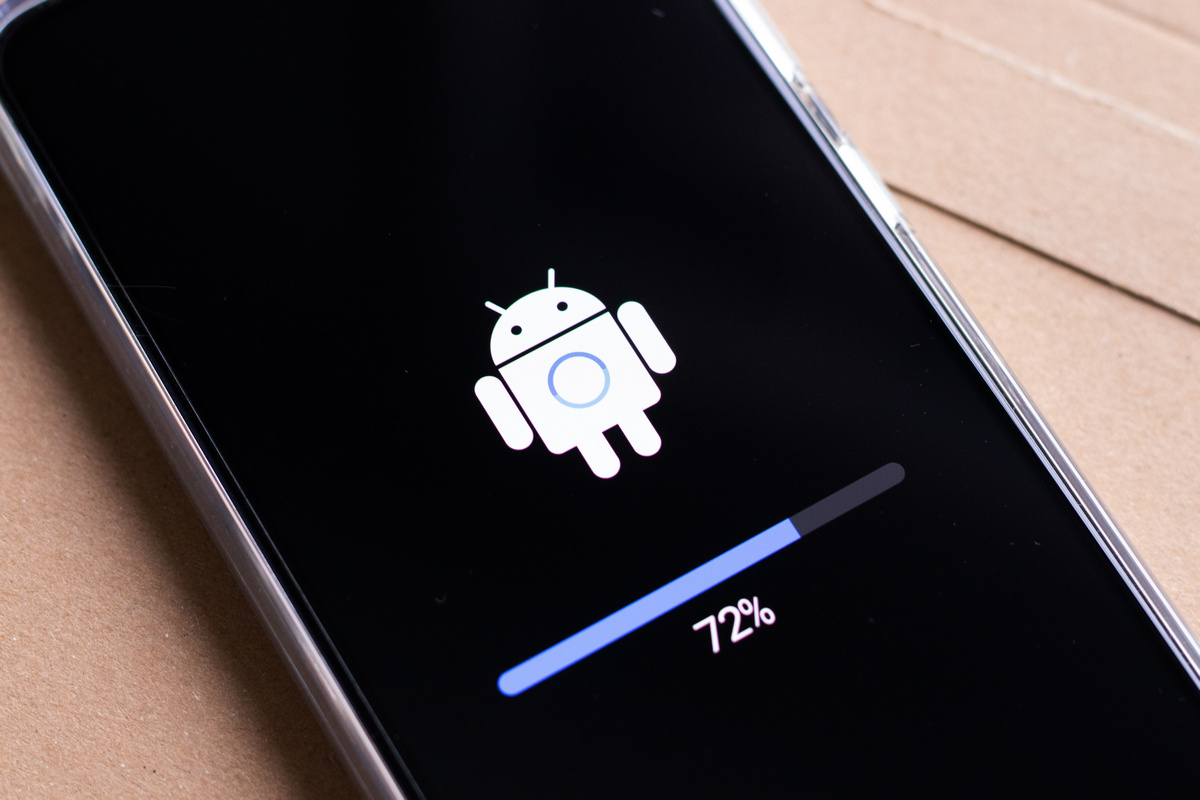Securing your Android phone involves several steps to protect your personal information and maintain your privacy. Here’s a guide to help you:
-
Set a Strong Screen Lock:
- Go to Settings > Security > Screen lock.
- Choose a secure screen lock method such as PIN, pattern, password, or biometric authentication (fingerprint or face recognition).
-
Enable Find My Device:
- Go to Settings > Security > Find My Device and turn it on.
- This feature helps you locate your device if it’s lost or stolen and allows you to remotely lock or erase it if necessary.
-
Keep Software Updated:
- Regularly update your phone’s operating system and apps to the latest versions.
- Updates often include security patches that fix vulnerabilities and protect against malware.
-
Use Secure Wi-Fi Networks:
- Avoid connecting to unsecured public Wi-Fi networks, as they can be vulnerable to hackers.
- Use VPN (Virtual Private Network) services when connecting to public Wi-Fi for added security.
-
Review App Permissions:
- Review and manage app permissions to control what information apps can access.
- Go to Settings > Apps & notifications > App permissions to adjust permissions for location, camera, microphone, contacts, and other data.
-
Enable Google Play Protect:
- Google Play Protect helps protect your phone from harmful apps by scanning and verifying them before installation.
- Go to Settings > Security > Google Play Protect and ensure it’s turned on.
-
Use Secure Lock Screen Notifications:
- Hide sensitive information from appearing on your lock screen to prevent unauthorized access.
- Go to Settings > Security > Lock screen preferences and adjust the settings for notifications.
-
Use a Secure Lock Screen Wallpaper:
- Some Android devices allow you to set a lock screen wallpaper that obscures the content underneath until unlocked.
- Consider using a secure lock screen wallpaper to prevent prying eyes from seeing your notifications.
-
Be Cautious with Links and Downloads:
- Avoid clicking on suspicious links or downloading apps from unknown sources.
- Stick to downloading apps from the official Google Play Store, as Google reviews them for security before making them available.
-
Backup Your Data Regularly:
- Backup your important data regularly to Google Drive or another cloud storage service to ensure you can recover it if your phone is lost, stolen, or damaged.
By following these steps, you can significantly enhance the security of your Android phone and protect your personal information from unauthorized access or theft.

